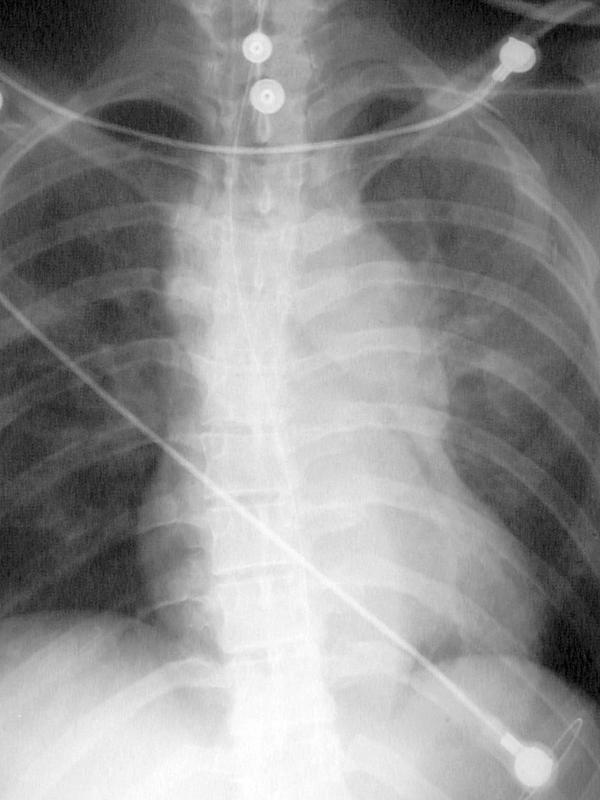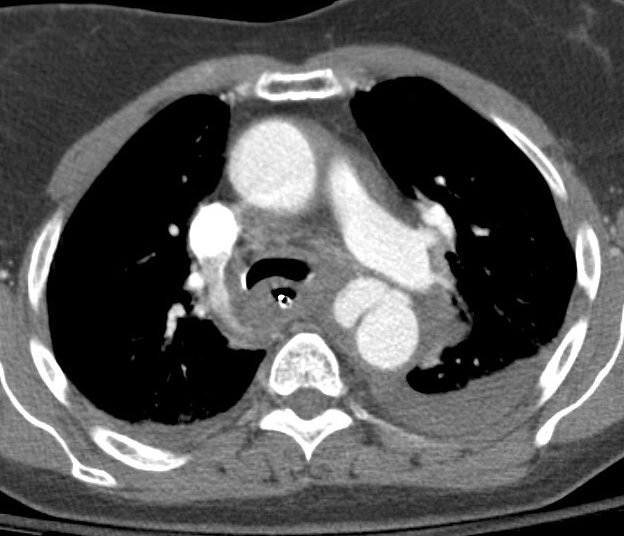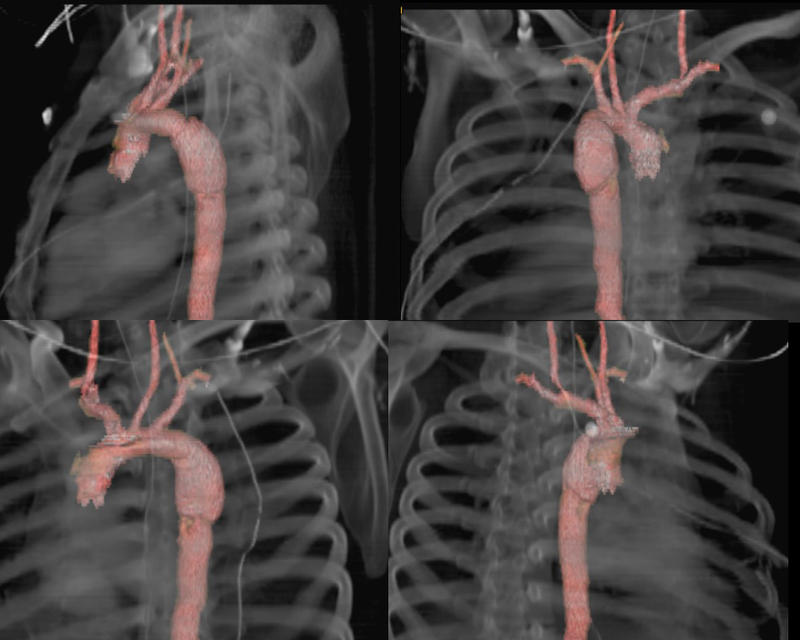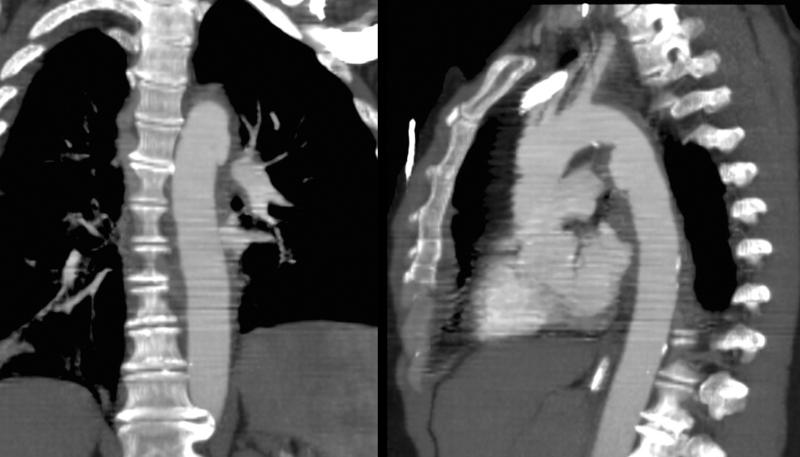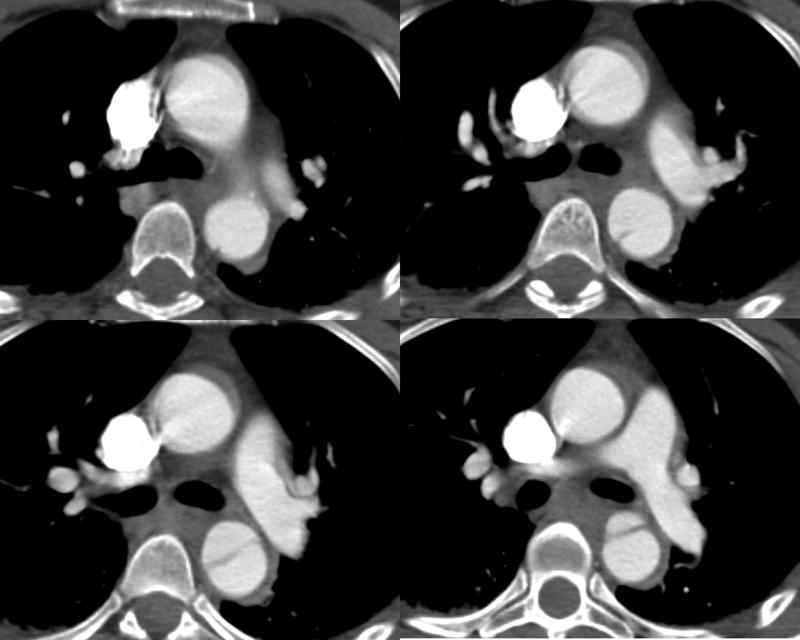[2]
Engelhardt M, Elias K, Debus S, Zischek C. [Management of Vascular Trauma in Military Conflicts and Terrorist Attacks]. Zentralblatt fur Chirurgie. 2018 Oct:143(5):466-474. doi: 10.1055/a-0713-0833. Epub 2018 Oct 24
[PubMed PMID: 30357789]
[3]
Siiskonen T, Ciraj-Bjelac O, Dabin J, Diklic A, Domienik-Andrzejewska J, Farah J, Fernandez JM, Gallagher A, Hourdakis CJ, Jurkovic S, Järvinen H, Järvinen J, Knežević Ž, Koukorava C, Maccia C, Majer M, Malchair F, Riccardi L, Rizk C, Sanchez R, Sandborg M, Merce MS, Segota D, Sierpowska J, Simantirakis G, Sukupova L, Thrapsanioti Z, Vano E. Establishing the European diagnostic reference levels for interventional cardiology. Physica medica : PM : an international journal devoted to the applications of physics to medicine and biology : official journal of the Italian Association of Biomedical Physics (AIFB). 2018 Oct:54():42-48. doi: 10.1016/j.ejmp.2018.09.012. Epub 2018 Sep 27
[PubMed PMID: 30337009]
[4]
Pelletti G, Cecchetto G, Viero A, De Matteis M, Viel G, Montisci M. Traumatic fatal aortic rupture in motorcycle drivers. Forensic science international. 2017 Dec:281():121-126. doi: 10.1016/j.forsciint.2017.10.038. Epub 2017 Nov 6
[PubMed PMID: 29127893]
[5]
Aida H, Kagaya S. [Experience of Surgical Repair for Cardiac Trauma]. Kyobu geka. The Japanese journal of thoracic surgery. 2018 Sep:71(9):643-647
[PubMed PMID: 30185736]
[6]
Tanious A, Wooster M, Giarelli M, Armstrong PA, Johnson B, Illig KA, Zwiebel B, Grundy LS, Hooker R, Caldeira C, Back MA, Shames ML. Positive Impact of an Aortic Center Designation. Annals of vascular surgery. 2018 Jan:46():142-146. doi: 10.1016/j.avsg.2017.08.009. Epub 2017 Sep 5
[PubMed PMID: 28887248]
[7]
Katayama Y, Kitamura T, Hirose T, Kiguchi T, Matsuyama T, Sado J, Kiyohara K, Izawa J, Tachino J, Ebihara T, Yoshiya K, Nakagawa Y, Shimazu T. Delay of computed tomography is associated with poor outcome in patients with blunt traumatic aortic injury: A nationwide observational study in Japan. Medicine. 2018 Aug:97(35):e12112. doi: 10.1097/MD.0000000000012112. Epub
[PubMed PMID: 30170440]
Level 2 (mid-level) evidence
[8]
Marcaccio CL, Dumas RP, Huang Y, Yang W, Wang GJ, Holena DN. Delayed endovascular aortic repair is associated with reduced in-hospital mortality in patients with blunt thoracic aortic injury. Journal of vascular surgery. 2018 Jul:68(1):64-73. doi: 10.1016/j.jvs.2017.10.084. Epub 2018 Feb 13
[PubMed PMID: 29452832]
[9]
Trust MD, Teixeira PGR. Blunt Trauma of the Aorta, Current Guidelines. Cardiology clinics. 2017 Aug:35(3):441-451. doi: 10.1016/j.ccl.2017.03.010. Epub 2017 May 31
[PubMed PMID: 28683912]
[10]
Ajaja MR, Cheikh A, Moutaouekkil EM, Madani M, Arji M, Hassani AE, Lakhal B, Slaoui A. Endovascular treatment of acute aortic isthmian ruptures: case study. The Pan African medical journal. 2017:28():217. doi: 10.11604/pamj.2017.28.217.7531. Epub 2017 Nov 9
[PubMed PMID: 29629003]
Level 3 (low-level) evidence
[11]
Ghazy T, Mikulasch S, Reeps C, Hoffmann RT, Wijatkowska K, Diab AH, Kappert U, Matschke K, Weiss N, Mahlmann A. Experts' Results in Blunt Thoracic Aortic Injury are Reproducible in Lower Volume Tertiary Institutions. Early and Mid-term Results of an Observational Study. European journal of vascular and endovascular surgery : the official journal of the European Society for Vascular Surgery. 2017 Nov:54(5):604-612. doi: 10.1016/j.ejvs.2017.08.009. Epub 2017 Sep 25
[PubMed PMID: 28958467]
Level 2 (mid-level) evidence
[12]
Pu X, Huang XY, Ning Y, Wu WH, Pu JZ, Huang LJ. [Effect of emergency thoracic endovascular aortic repair in patients with acute traumatic thoracic aortic injury]. Zhonghua xin xue guan bing za zhi. 2018 Jul 24:46(7):559-563. doi: 10.3760/cma.j.issn.0253-3758.2018.07.010. Epub
[PubMed PMID: 30032548]
